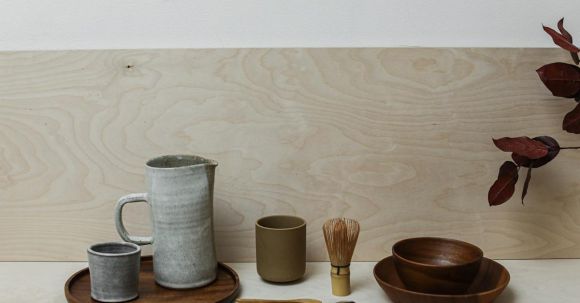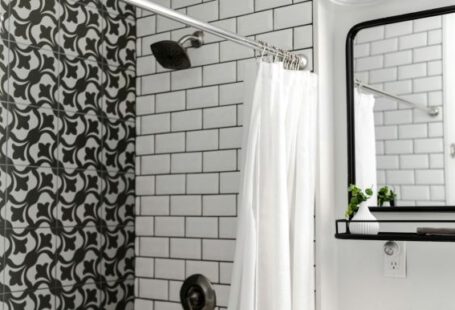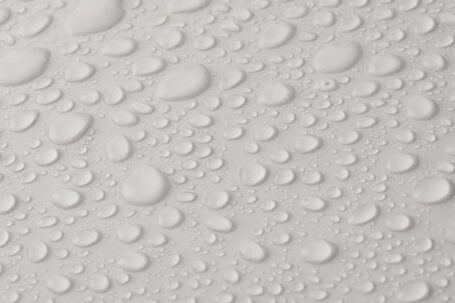A bathroom is a place where we go to relax and refresh ourselves. However, if proper ventilation is not in place, it can quickly become a breeding ground for mold and mildew. These fungi thrive in damp and humid environments, and a poorly ventilated bathroom provides the perfect conditions for their growth. In this article, we will explore the importance of bathroom ventilation and provide some tips on how to prevent mold and mildew from taking over your bathroom sanctuary.
Why is Bathroom Ventilation Important?
Proper ventilation in the bathroom is essential for several reasons. Firstly, it helps to remove excess moisture from the air, preventing the buildup of condensation on surfaces such as walls, mirrors, and windows. Excessive moisture can lead to the growth of mold and mildew, which not only looks unsightly but can also cause health problems such as allergies and respiratory issues.
Secondly, ventilation helps to control odors in the bathroom. We all know that bathrooms can sometimes have unpleasant smells, and without proper ventilation, these odors can linger and become even more pronounced. A well-ventilated bathroom, on the other hand, allows for the quick removal of odors, keeping the air fresh and pleasant.
Tips for Effective Bathroom Ventilation
1. Install an Exhaust Fan: One of the most effective ways to ensure proper bathroom ventilation is by installing an exhaust fan. This fan works by drawing out moist air from the bathroom and expelling it outside. When choosing an exhaust fan, make sure it is appropriately sized for your bathroom to ensure optimal performance.
2. Use a Dehumidifier: In addition to an exhaust fan, using a dehumidifier can also help to control moisture levels in the bathroom. A dehumidifier works by removing excess moisture from the air, reducing the likelihood of mold and mildew growth. Place the dehumidifier in a central location in the bathroom for maximum effectiveness.
3. Open Windows and Doors: Whenever possible, open windows and doors in the bathroom to allow for natural ventilation. This will help to circulate fresh air and remove excess moisture. However, be mindful of privacy and security concerns when doing so.
4. Clean Regularly: Regular cleaning is essential to prevent the buildup of mold and mildew. Use a mildew-resistant cleaner to clean bathroom surfaces, paying special attention to areas prone to moisture, such as shower curtains, grout, and tile. Additionally, make sure to dry these surfaces thoroughly after cleaning to prevent moisture from lingering.
5. Monitor Humidity Levels: Invest in a hygrometer to monitor the humidity levels in your bathroom. Ideally, the humidity should be between 30% and 50%. If the humidity exceeds this range, take steps to improve ventilation, such as running the exhaust fan or opening windows.
Preventing mold and mildew in the bathroom requires a proactive approach to ventilation. By implementing these tips, you can create an environment that is inhospitable to fungi and enjoy a clean and healthy bathroom. Remember, prevention is always better than cure, so don’t wait until mold and mildew have taken hold before taking action. Take control of your bathroom’s ventilation, and say goodbye to mold and mildew for good!



